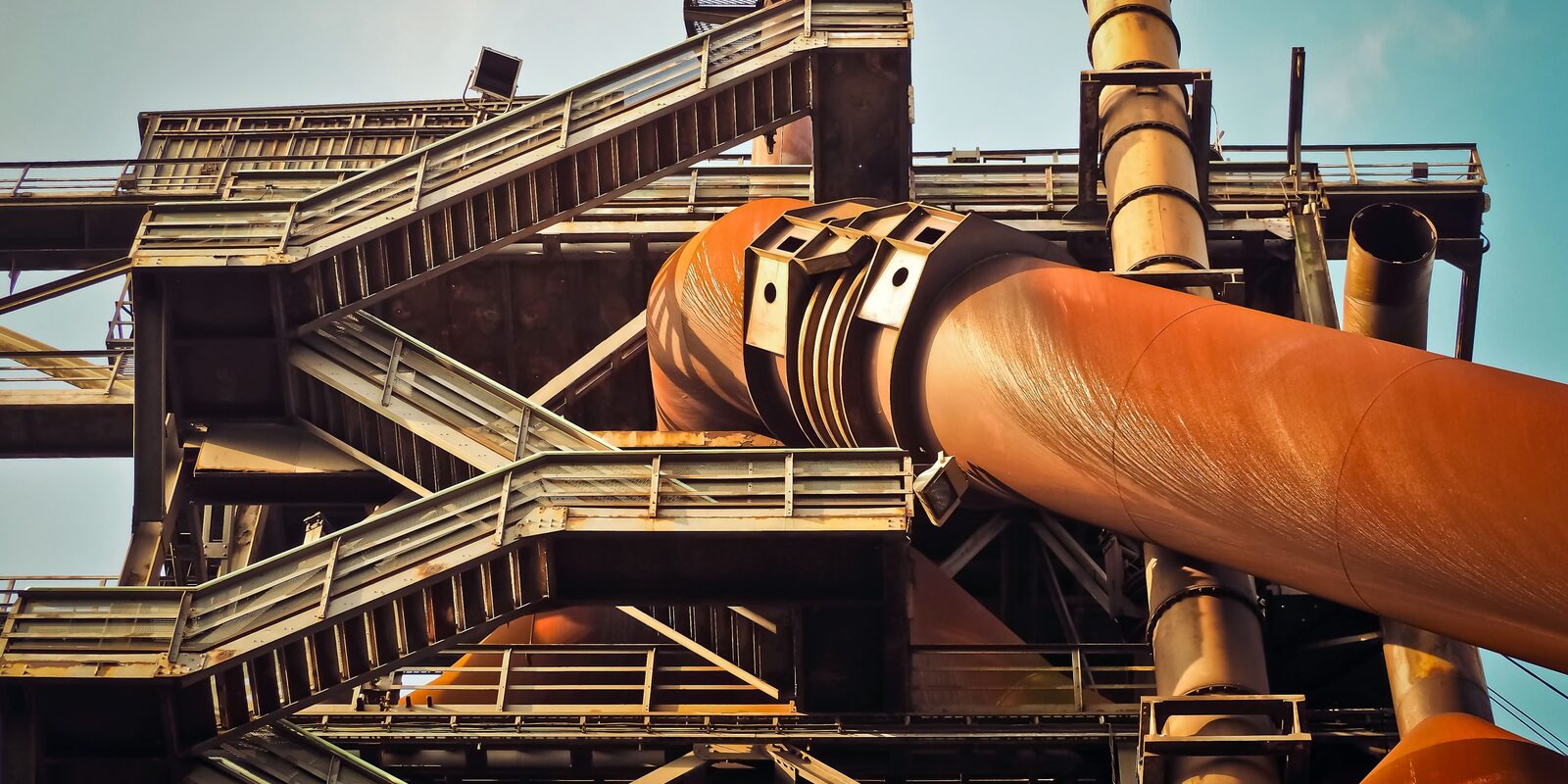

If you operate a centrifugal pump, you should know about pump cavitation. It is the leading cause of pump failure for this type of pump and if left untreated, can become more severe and cause wider problems within your pump system.
With the increased pace of pump systems in the last few years, pump cavitation has become more prominent and infamous. Several knock-on effects caused by pump cavitation have the potential to reduce the lifespan of your pump by 10-15 years and sometimes far less, and the vibration that comes from cavitation can lead to major mechanical damage to the pump that can shut down your system entirely.
When faced with this issue, many choose the gut reaction to blame the affected pump, but this problem is often more system-wide than what initially meets the eye. The affected pump is the point of resolution to a deeper issue in your system such as poor design or lack of maintenance. To help you conquer this foe and defeat it for good, we’ve created this guide that will inform you exactly what pump cavitation is, how to detect it before problems become glaring, how to treat it and how to prevent it from occurring in the future.
Pump cavitation is the formation of bubbles in the pumped liquid, typically around an impeller in low-pressure areas. These bubbles are the cavities in the name, and when they burst, they create a shockwave that can seriously damage the impeller.
Additionally, when the cavitation bubbles implode, they release waves of hot fluid that can heat the metal parts of the pump nearby. Subsequently, this can slowly wear down the efficiency of the pump and before long, cause a complete collapse of the pump.
Detecting cavitation issues in your pump before it gets terminal is important to stand a chance at fighting against it. One key sign is the noise the pump will be making, similar to marbles rolling around inside the impeller. Moreover, there may be unexpected vibrations and a decreased rate of flow compared to the manufacturer’s judgement. More subtle signs of an issue are leaks coming from the seals and an unusual rate of power consumption, as the pump needs more power than usual to transport the fluid.
Because there is no existing material that you can replace the affected area that can withstand high pressures and harsh environments and still be operational, the only realistic way to salvage the pump is to protect it with a sacrificial material that will band-aid the affected area.
If the problem is more severe, you may have to replace the pump entirely, but Hydromarque’s selection of world-class centrifugal pumps from Gorman-Rupp correctly selected for the application could give the reliability you need and even outperform your existing pump system. What’s more, our expert team will work with you to design your pump system to prevent cavitation for good.
Learning how to prevent cavitation in your centrifugal pump starts by finding out how cavitation started in the first place. The pieces can be put in place for cavitation as early as the design stage, so you should instil a top-to-bottom check of the system.
Your pump system design should take into account the Net Positive Suction Head (NPSH), a calculation that shows the difference between the pressure available in the pump inlet and the vapour pressure of the liquid. When calculating the pressure available at the pump inlet, you should factor in friction loss, velocity head loss and inlet and outlet losses within the suction pipework of the pumping system, in order to find a net pressure remaining for the pump.
After finding the difference between the pressure available and the vapour pressure of the liquid, you can take action based on the results. You’ll likely find that there is less pressure available than that of the liquid, to which you should increase the pressure upstream from the pump impeller.
In conclusion, preventing cavitation in your centrifugal pump is crucial to ensuring the longevity and efficiency of your pump system. By understanding how cavitation starts and conducting a top-to-bottom check of your system, you can address any potential issues early on, and by taking action, you can prevent cavitation and keep your pump system running smoothly.
Hydromarque is one of the UK’s most trusted centrifugal pumping solution suppliers, and our unparalleled expertise gives our customers confidence that they are in the safest hands whether they need help with repairing existing pumps or installing a new system.
We stock world-class equipment from the likes of Gorman-Rupp, Wallwin and Cornell, as well as spare parts and offer repair services to restore a broken-down pump system. Plus, we offer training on all aspects of our products for those who need or want to learn more, from practical pump rig demonstrations to in-house design and maintenance workshops. We take clients, engineers and designers through anything they need additional knowledge with, and are more than happy to guide you through it at our in-house facilities or the customer premises.
Get in touch
Get in touch with one of our technical experts today who would be happy to assist you.
© 2026 - Hydromarque. All rights reserved.